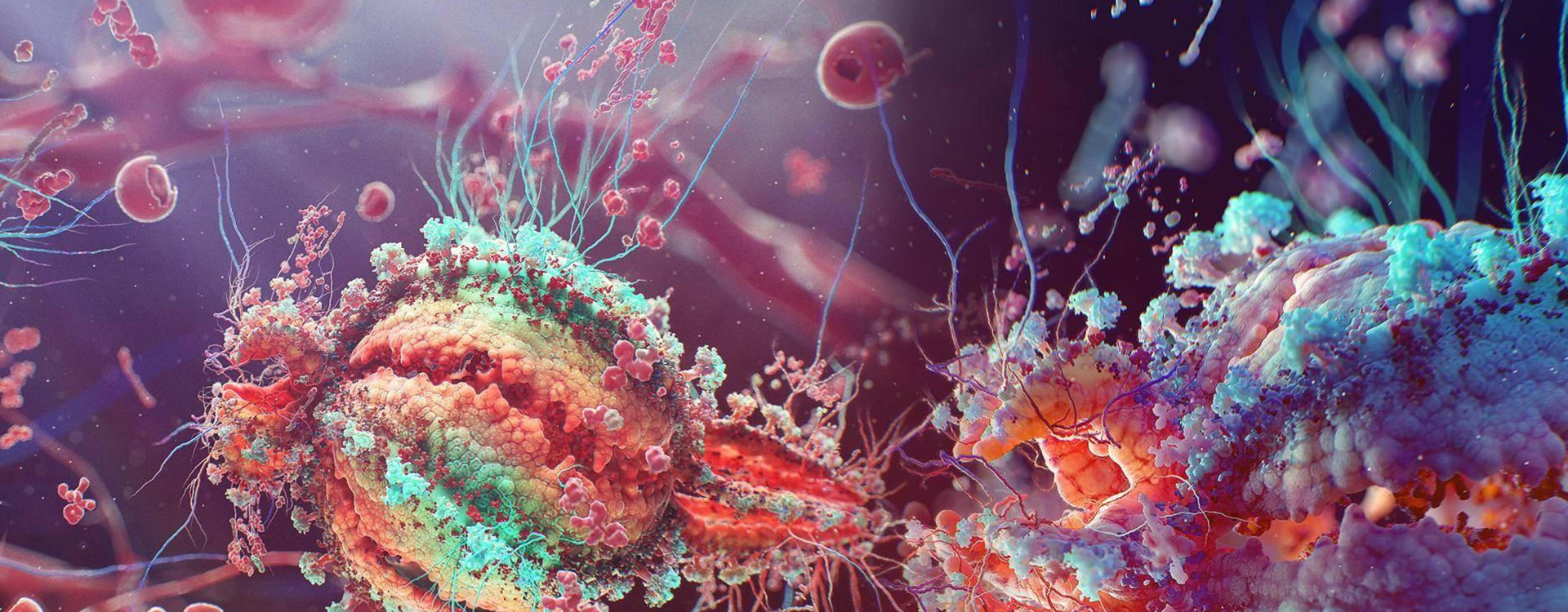Seminar Details
The thesis illustrates the impact of environmental stressors (climate change factors such as pH fluctuations, UV exposure, and heavy metals) on ecologically important marine bacteria involved in biofilm formation and cellulose degradation with an aim to understand their survival mechanisms in response to these stressors. In this study, two potential bacteria, Bacillus stercoris GST-03 and Pseudomonas balearica DST-02 showed strong biofilm-forming ability and tolerance to high concentrations of Pb and Cd. Optimal growth and biofilm formation were observed at pH 6 and pH 7 for B. stercoris GST-03 and P. balearica DST-02, respectively. Both strains exhibited significant decreases in biofilm biomass with increasing the stress from optimal levels. Expression of key biofilm-forming genes (tasA and pslB) revealed, in B. stercoris GST-03, tasA expression peaked at pH 6 and 150 mJ/cm² UV exposure, corresponding with the optimal biofilm growth observed in these conditions. Expression of pslB in P. balearica was upregulated at pH 7 and in the absence of UV stress but declined under higher metal concentrations. Moreover, the cellulose-degrading genes celA and celB showed the highest expression at pH 8, correlating with peak cellulase activity. At the molecular level, both bacteria showed cellular injuries in response to various stressors, as evident by elevated levels of reactive oxygen species (ROS) and resulted DNA damage. B. stercoris GST-03 showed more tolerance towards acidic pH, whereas P. balearica DST-02 showed higher tolerance towards UV exposure and heavy metals. The adaptation strategies of the strains revealed a significant role of glutathione S-transferases (GST) in ROS scavenging activity and the involvement of nucleotide excision repair and SOS response pathways. The protective mechanisms showed changes in the oxidative stress markers, malondialdehyde (MDA), and protein carbonyls contents with stress. Biofilm-encased cells exhibited significantly lower oxidative damage compared to planktonic cells, demonstrating the protective role of the biofilm matrix in mitigating the effects of oxidative stress. Comparative analysis revealed that biofilm matrixome proteins serve as the primary defense mechanism in B. stercoris GST-03, while polysaccharides play a key protective role in P. balearica DST-02 under heavy metal stress. The current findings provide a broad overview of bacterial response and adaptability concerning future climate and environmental changes.


